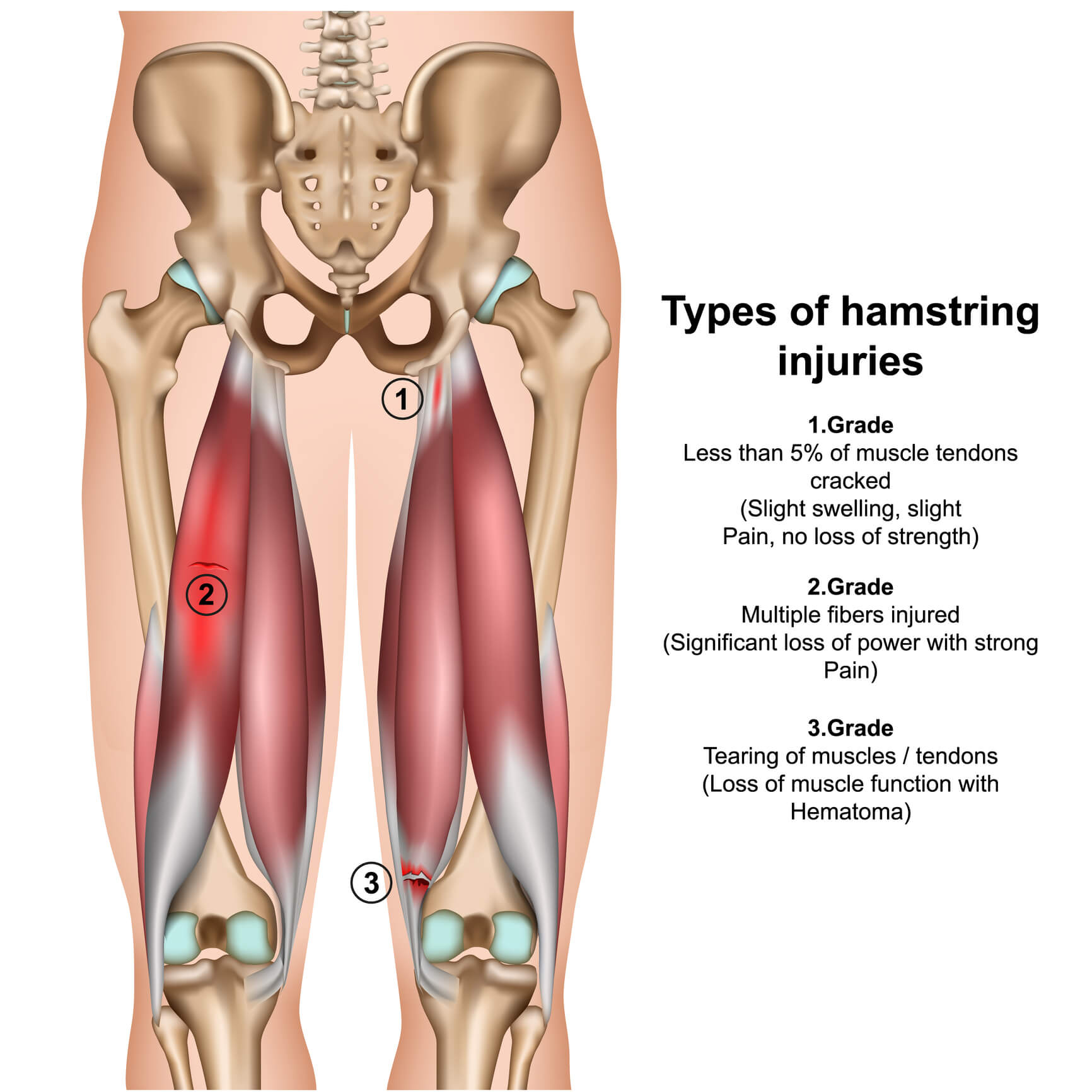Cross Compression Short with Hip Spica
Login For Health Care Pricing
Typically Ships in 3-5 Business Days
The McDavid Cross Compression Short with HIp Spica combines the hamstring and quad support of a top quality compression short with premium hip flexor support from its hip spica component.








